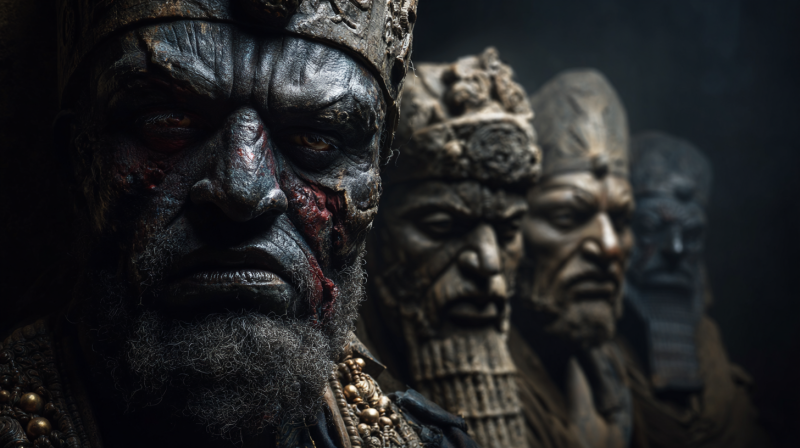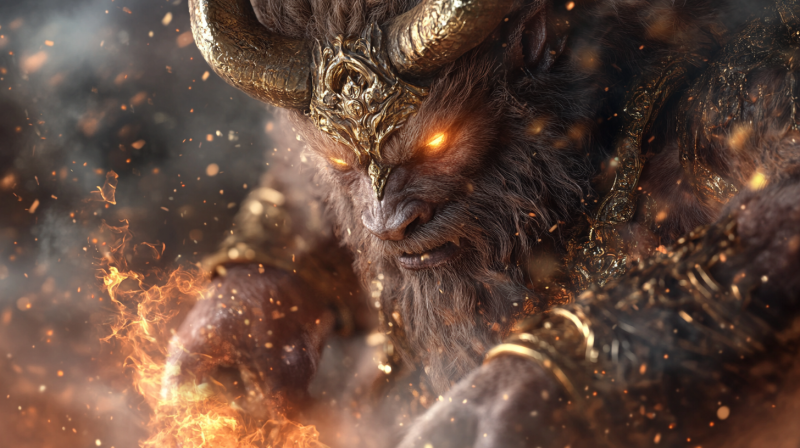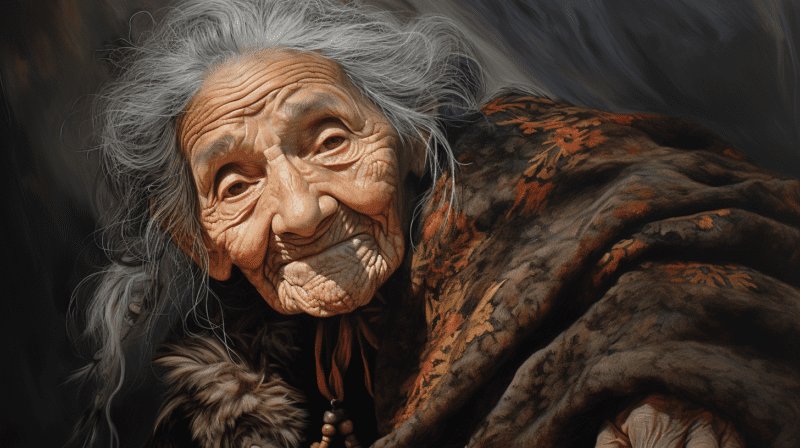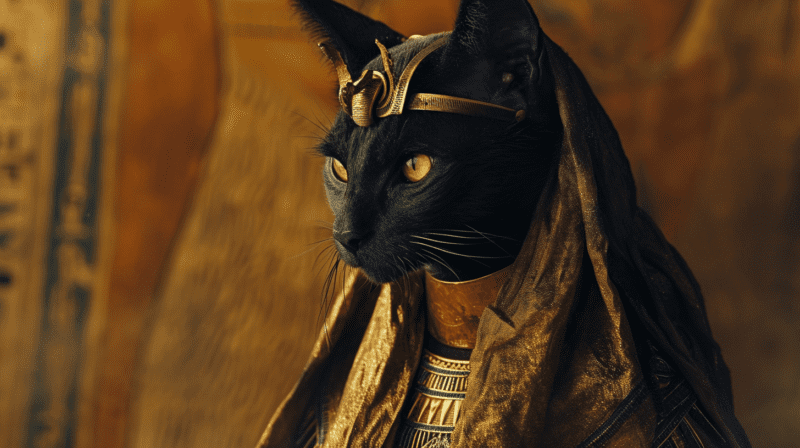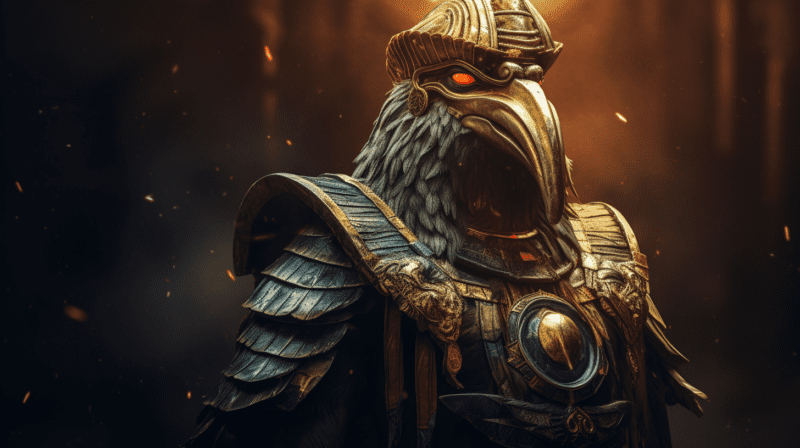The Sun God of Egypt
In the vast pantheon of Egyptian gods and goddesses, one deity stands out as the embodiment of the life-giving force that sustains our world: Ra, the Sun god. Ra, also known as Re, was worshipped by ancient Egyptians as the supreme god of the sun, creator of the universe, and ruler of both the celestial and earthly realms. This blog post delves into the fascinating mythology, symbolism, and significance of Ra in ancient Egyptian culture.
Ra was the king of the heavens and held great significance to the ancient Egyptians. Even today, many Pagans perceive him as a deity of immense power. Ra was worshipped as the sun god, revered as the bringer of light and protector of the pharaohs. As the sun traversed the sky, it was believed that Ra guided his chariot through the celestial realms. Initially, Ra’s influence was solely associated with the midday sun. However, as time passed, his dominion expanded to encompass the sun’s presence throughout the entire day. His reign extended over the realms of the earth, the underworld, and the vast expanse of the sky. Such was the might and scope of Ra’s divine authority.
Ra is almost always depicted with a solar disc over his head and frequently assumes falcon form. Ra differs from the majority of Egyptian deities. Nearly all Egyptian gods, with the exception of Osiris, are connected to the earth. Ra, on the other hand, is exclusively a celestial deity. He can keep an eye on his independent (and frequently misbehaving) children from his perch in the skies. Horus is in charge of Earth in place of Ra.
In ancient Egypt, the sun provided life for its inhabitants. It was full of force, vitality, and warmth. It is hardly surprising that the cult of Ra had great power and was well-known, given that it caused the crops to flourish every season. By the time of the Fourth Dynasty, the pharaohs themselves were viewed as Ra’s manifestations, granting them ultimate power. Many kings built a temple or pyramid in his honor because they thought that doing so would help them rule for a long time and be successful.
Mythology and Origins
Ra’s origins can be traced back to the earliest periods of ancient Egyptian history. He emerged as a prominent deity during the Old Kingdom, around 2686-2181 BCE, and his worship continued throughout the subsequent dynasties. According to Egyptian mythology, Ra was believed to have created himself out of the primordial chaos. He then created the earth, sky, and all living creatures. Ra was often depicted as a man with a falcon’s head, symbolizing his connection to the sky and his ability to soar above all creation.
Symbolism and Attributes
As the Sun god, Ra was associated with numerous symbols and attributes that represented his power and influence. The sun disk, known as the “Aten,” was the most common symbol associated with Ra. It represented the life-giving energy of the sun and was often depicted as a radiant orb with rays extending outward. The ankh, a symbol of eternal life, was also closely associated with Ra, emphasizing his role as the sustainer of life on earth.
Ra was often portrayed as a benevolent and caring deity, but he also had a fierce and destructive aspect. In his role as the sun, Ra’s fiery rays could scorch the earth and bring about droughts and famine. To protect humanity from his wrath, Ra was often depicted wearing the uraeus, a cobra-shaped symbol of protection and divine authority. The uraeus represented his power to ward off evil and maintain order in the world.
Significance in Egyptian Culture
Ra’s significance in ancient Egyptian culture cannot be overstated. As the Sun god, he was considered the bringer of light and warmth, essential for the growth of crops and the sustenance of life. Ra was also believed to guide the souls of the deceased through the afterlife, ensuring their safe journey to the realm of the gods. His role as the creator of the universe and ruler of both the celestial and earthly realms elevated him to the status of the supreme god in the Egyptian pantheon.
The worship of Ra was widespread throughout Egypt, with numerous temples dedicated to his honor. The most famous of these was the Temple of Karnak in Thebes, which housed a massive statue of Ra and served as a center for religious ceremonies and rituals. The annual festival of “The Feast of the Valley,” celebrated in Thebes, was a grand event dedicated to Ra, where the pharaoh and the priesthood paid homage to the Sun god.
Egypt’s citizens abruptly gave up their ancient gods when the Roman Empire converted to Christianity, and the cult of Ra was written out of history. Some modern Egyptian reconstructionists or Kemetists still think of Ra as the most critical sun god.
Legacy and Influence
Ra’s influence extended far beyond the borders of Egypt. As the god of the sun, his worship spread to neighboring regions and influenced the religious beliefs of other ancient civilizations. The concept of a sun god can be found in various cultures around the world, often drawing parallels to the attributes and symbolism associated with Ra.
In popular culture, Ra continues to captivate the imagination. His depiction in movies, books, and video games showcases his enduring appeal and the fascination with ancient Egyptian mythology. Ra’s legacy lives on, reminding us of the ancient Egyptians’ deep reverence for the sun and their belief in the divine power that sustains life on our planet.
In conclusion, Ra, the Sun god of Egypt, played a pivotal role in ancient Egyptian culture. As the creator of the universe and the ruler of the celestial and earthly realms, Ra embodied the life-giving force of the sun. His worship, symbolism, and influence continue to inspire awe and fascination, reminding us of the profound connection between humanity and the natural world.

